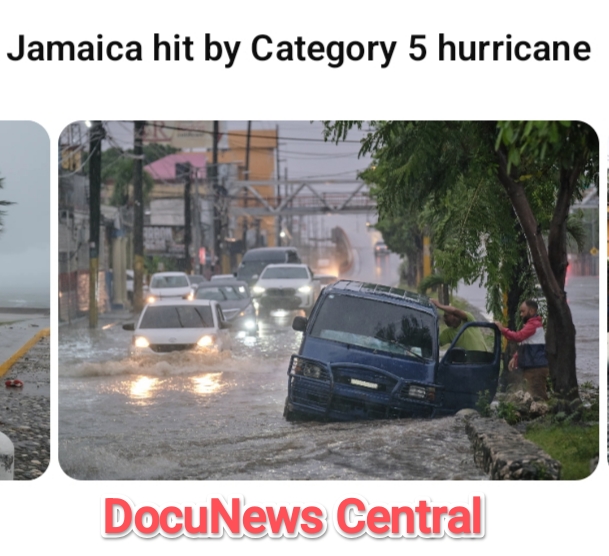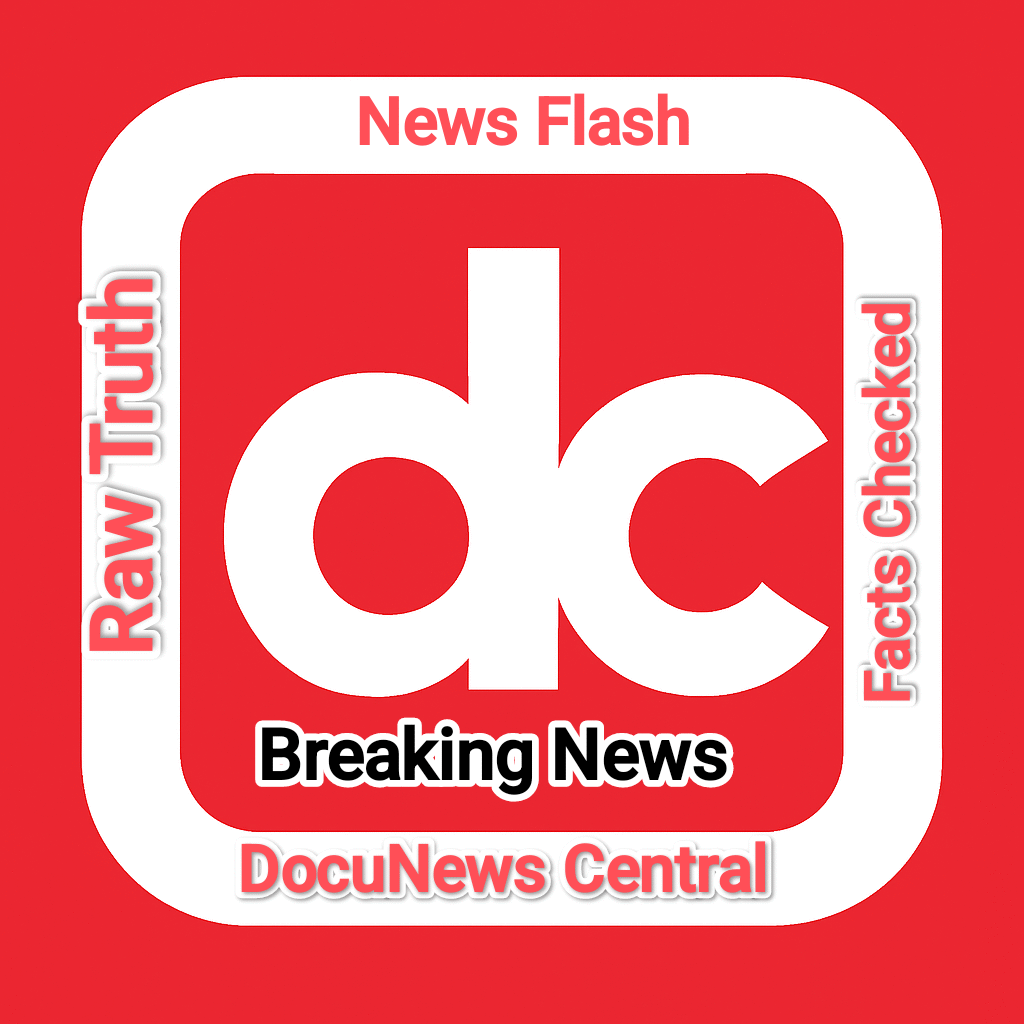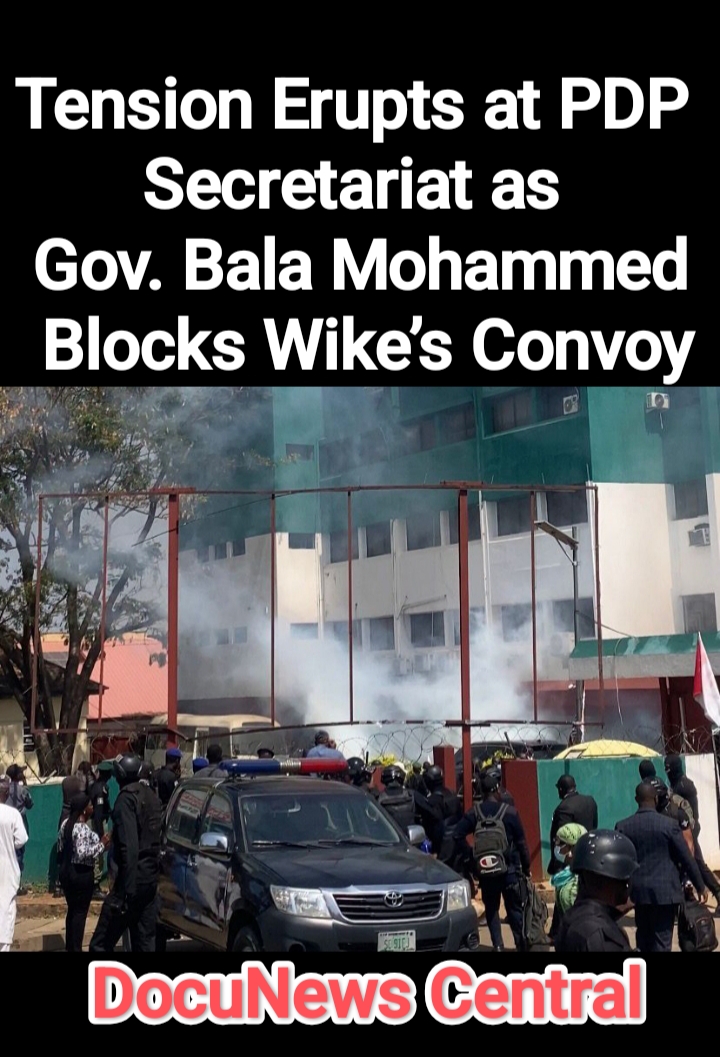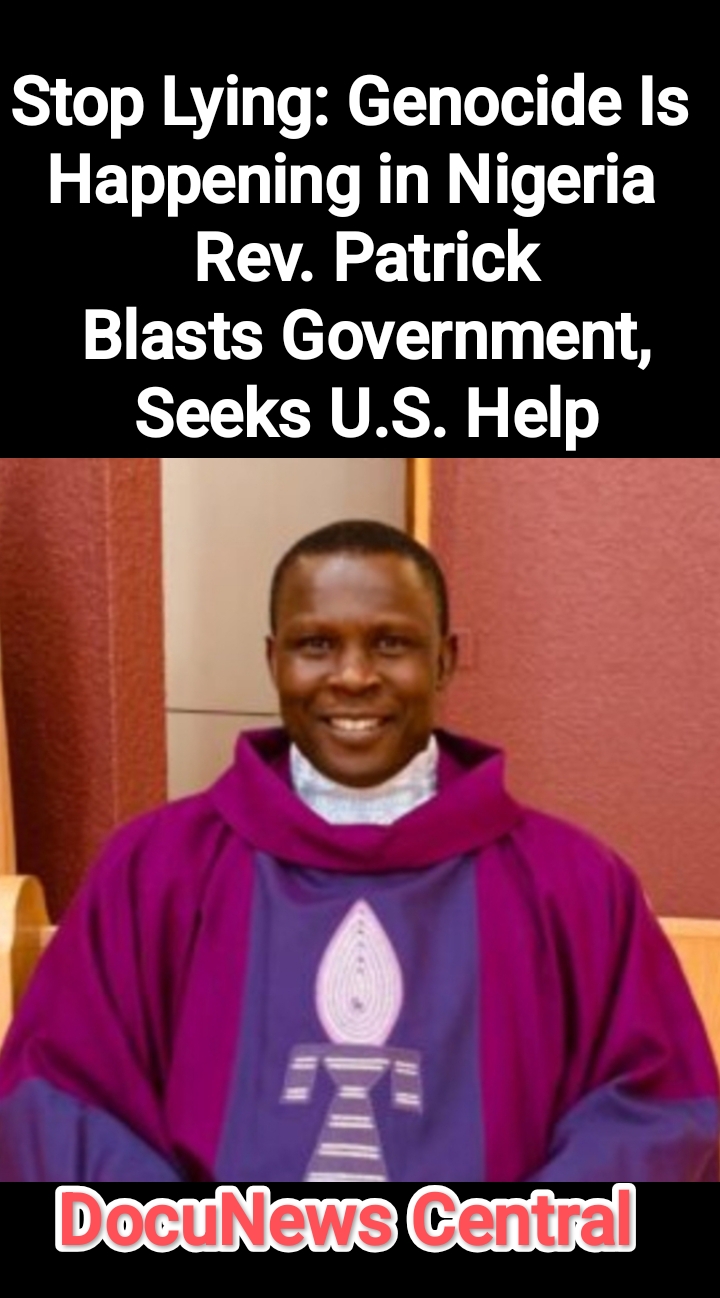

Hurricane Melissa Jamaica: Catastrophic Category 5 Storm Devastates Jamaica — Damage, Response & What Comes Next
Published: October 29, 2025 · Location: Kingston, Jamaica ·

Hurricane Melissa Jamaica struck Jamaica as a catastrophic Category 5 storm, bringing sustained winds of roughly 185 mph, torrential rain and storm surge. The storm made landfall with devastating force, flattening communities, cutting electricity to hundreds of thousands, and overwhelming emergency services. In this report we explain who was hit hardest, how authorities responded, what immediate needs exist, and what recovery will require.
What happened: timeline and immediate impact
First, the basics: Melissa intensified rapidly as it crossed warm Caribbean waters. By the time the eye reached Jamaica, the storm had reached Category 5 intensity. Wind, flood and storm surge combined to produce catastrophic impacts in coastal and low-lying areas.
Key immediate impacts included:
- Widespread structural damage to homes, businesses and public infrastructure.
- Major flooding of coastal towns and inland river basins.
- Power grid failure — large sections of the island experienced total blackouts.
- Roads and bridges washed out, isolating communities and slowing emergency response.
- Disruption of water and sanitation systems, increasing short-term disease risk.
Within hours of landfall, emergency management agencies declared national emergency protocols. Local search and rescue teams responded, and international aid offers began to arrive.
Who suffered the most — vulnerable groups and regions
The human impact is never uniform. Poorer coastal and riverine communities suffered disproportionately because their housing and infrastructure were less resilient. Also, remote rural areas where roads were washed away found themselves cut off from aid.
Vulnerable groups include:
- Low-income households living in makeshift or substandard housing.
- Older adults and people with mobility challenges who could not evacuate quickly.
- Children, who face heightened risk from waterborne disease and disrupted schooling.
Immediate humanitarian response — national and international
Jamaican authorities activated emergency shelters and mobilised the military and coast guard for rescue operations. Neighbouring Caribbean states, the United States, the United Kingdom and several NGOs offered support, including search-and-rescue teams, temporary shelters, emergency medical supplies, and water purification units.
Key priorities for the first 72 hours were:
- Search and rescue — locating survivors in collapsed buildings and flooded areas.
- Restoring basic communications so coordination could scale up.
- Establishing safe water and sanitation to prevent disease outbreaks.
- Setting up temporary shelters and emergency medical points.
“Rapid coordination saved lives in the first day, but the scale of destruction means recovery will take months, if not years.” — Emergency official (paraphrased)
Health risks: immediate and short-term
Health risks rise sharply after storms like Melissa. Flooding contaminates water supplies and creates ideal conditions for waterborne diseases. Additionally, interruption of electricity affects refrigeration of medicines and the operation of clinics.
Main health concerns:
- Waterborne diseases (e.g., cholera, diarrhoeal illnesses).
- Vector-borne disease spikes (standing water increases mosquito breeding).
- Injuries from debris and unstable structures.
- Mental health strain — trauma, grief and stress among displaced populations.
Infrastructure & economy: medium-term consequences
Beyond the immediate human cost, Melissa will hit Jamaica’s economy. Tourism — one of Jamaica’s largest income sources — will take a major short-term hit as hotels, ports and airports sustain damage. Agriculture also suffered: crops were inundated and farm infrastructure destroyed, threatening food supplies and livelihoods.
The repair bill will be significant and will require both domestic funding and international financial support. Reconstruction presents an opportunity: investments in resilient housing, improved drainage and stronger coastal defences could reduce vulnerability to future storms.
Climate context: why storms like Melissa are growing more destructive
Scientists link warming ocean temperatures and higher sea levels to stronger hurricanes and greater storm surge. While any single storm has its own dynamics, the conditions that allowed Melissa to rapidly intensify are consistent with climate trends.
Therefore, adaptation is not optional. Countries in hurricane-prone regions must strengthen early warning systems and build resilient infrastructure. Fortunately, some international climate finance mechanisms already exist — although accessing them can be slow and complex.
What recovery will look like — short, medium, and long term
Recovery typically unfolds in stages:
Short term (0–3 months)
- Emergency relief, distribution of food, water, medicine and shelter.
- Clearing roads and restoring basic services where possible.
- Rapid damage assessments to prioritise resources.
Medium term (3–18 months)
- Reconstructing housing and repairing critical infrastructure (bridges, power lines).
- Rebuilding livelihoods — especially in tourism and agriculture.
- Upgrading building codes and land-use planning to reduce future risk.
Long term (18 months +)
- Large-scale coastal defences and ecosystem restoration (mangrove replanting).
- Economic diversification and investment in resilient sectors.
- Community education and sustained early-warning systems.
How the international community can help — effective assistance
Not all aid is equally helpful. To maximise impact, assistance should follow these principles:
- Needs-led — priorities should come from local assessments, not external assumptions.
- Timely — quick delivery of water, shelter and medical supplies saves lives.
- Transparent — funds and logistics must be tracked so aid reaches households.
- Resilience-focused — investments should reduce future risk (e.g., stronger housing).
Actionable tips for readers and community leaders
Whether you are local, a diaspora donor, or a member of a civil organisation, here are practical steps to help now:
- Donate to vetted agencies that operate locally and publish transparent reports.
- Support shelters by funding supplies like blankets, water purifiers and baby supplies.
- Coordinate with local authorities to avoid duplication of aid and ensure coverage of remote areas.
- Share verified information on social channels — avoid spreading rumours that hamper response.
What to watch next — indicators of recovery and risk
Monitor these indicators to understand progress:
- Restoration of power and clean water to households.
- Number of people still in emergency shelters after 30 and 90 days.
- International aid pledges versus actual disbursements.
- Reopening rates for airports, ports and main tourist facilities.
Further reading & trusted sources
For live updates and detailed reporting, consult reliable sources such as Reuters, The Guardian, and international humanitarian organisations like the IFRC and UNOCHA. For local coordination, follow Jamaica’s Office of Disaster Preparedness and Emergency Management (ODPEM).
Conclusion — a moment to respond and rebuild better
Hurricane Melissa Jamaica marks a tragic chapter for Jamaica. The immediate priority is saving lives and stabilising communities. Yet, the recovery offers an opportunity: if reconstruction follows resilience principles, Jamaica can emerge stronger and better prepared for future storms. The choices made now — by governments, donors and communities — will determine how quickly and fairly that recovery happens.
If you found this report useful, share it with your networks. For verified ways to help, check the links above and consider supporting local charities that focus on shelter, clean water and medical care.
Suggested SEO focus keyphrase: Hurricane Melissa Jamaica
Suggested meta description (if you need alternatives): “Hurricane Melissa, a Category 5 storm, batters Jamaica — extensive damage, power outages and urgent international relief needs.”
Internal link suggestion: DocuNews Central — Disaster Response Hub (replace with your site URL).






